|
Composition is the design of your painting. In the end, it is another tool you can use to convey your ideas. I was working with an art instructor once who told me to make sure that my dominant vertical, horizontal and diagonal lines all meet at my focal point. That is composition in its simplest form. And I am a firm believer in following your instincts, but the following is some information on the technical side of the composition. DaVinci was a firm believer in the math behind the composition, and who am I to question DaVinci? The Mathematical Side of Composition: The “Golden Ratio Rectangle” or “Golden Section” dates back about 5000 years to ancient Greece. It is the order of design that is found in nature. The Greeks called it “logos,” which is the unifying principle of the universe. The Golden Ratio is the relationship between two parts so that the proportion of the larger part to the smaller part is the same proportion as the whole to the larger part. Mathematically, the Golden Ratio is the length in proportion to width – in an approximate ratio of 1.618 to 1. The application of this creates harmony. Following this, dividing a picture plane into “thirds” and positioning your primary center of interest or focal points near one of the intersections gives a more appealing way for the eye to travel around the picture plane. The Fibonacci sequence takes this further, where the next part in the series is the sum of the previous parts in the sequence. The Fibonacci sequence is the same as a recurring growth sequence found in nature. It is also known as the logarithmic spiral. If you dissect a snail, the nautilus shell, pine cones, and the human body, you can see it. Wikipedia Dynamic Symmetry, based on the rule of thirds, utilizes a series of diagonals and rectangles that identify points of visual impact. Tools to Use: You can use various tools to bring the viewer to your focal point in your painting. These include:
In the end, the composition is just another tool you can use to convey your ideas. Your goal as an artist is to arrange your painting to capture your viewers’ attention and direct it to your focal point. And along the way, you create a melody that tells your story. So trust your instincts and design your painting to describe what you want to say. When you clearly understand what you want to paint, it shows in your work.
I recommend Classical Drawing Atelier by Juliette Aristides and Alla Prima, Everything I Know About Painting by Richard Schmid for further reading. (These are affiliate links with Amazon and I do get a small commission if you order something through the link).
0 Comments
Your comment will be posted after it is approved.
Leave a Reply. |
AuthorJamie Lightfoot is an oil painter and owner of Picket Fence Art Studio. Archives
June 2024
Categories
All
|
In The Heart of Woodinville's Wine Country
Our light-filled Studio is located in the Heart of Woodinville Wine Country.
14700 148th Avenue NE
Woodinville
(425) 466 - 1751
14700 148th Avenue NE
Woodinville
(425) 466 - 1751
|
Hours:
Tuesdays: 2:00 - 8:00 pm Wednesdays: 3:00 - 6:00 Saturdays: 11:00 am -4:00 pm Sundays: By appointment |
|
Proudly powered by Weebly
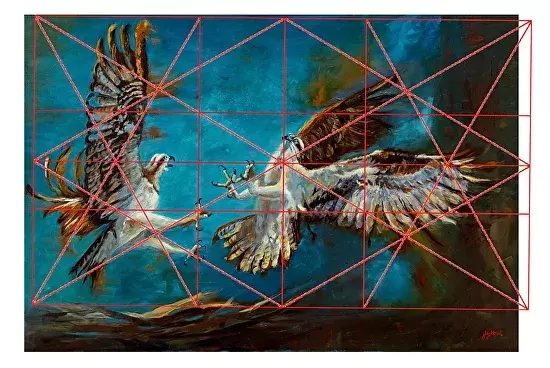
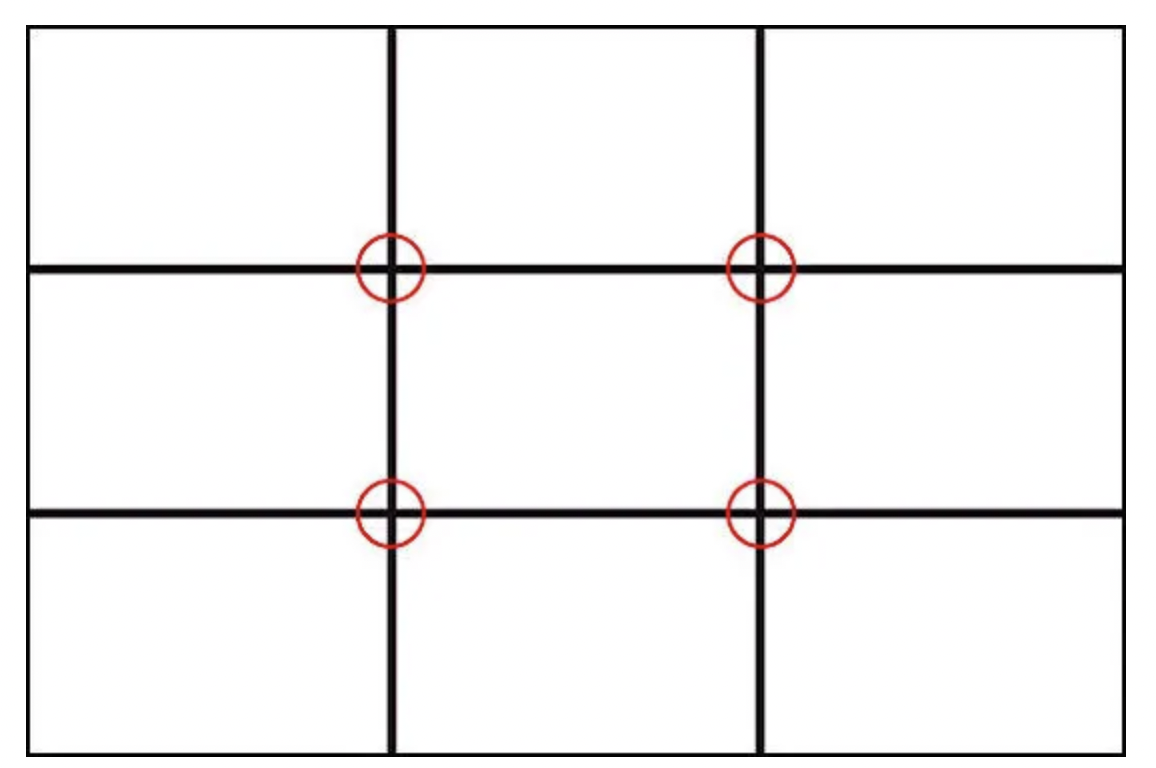
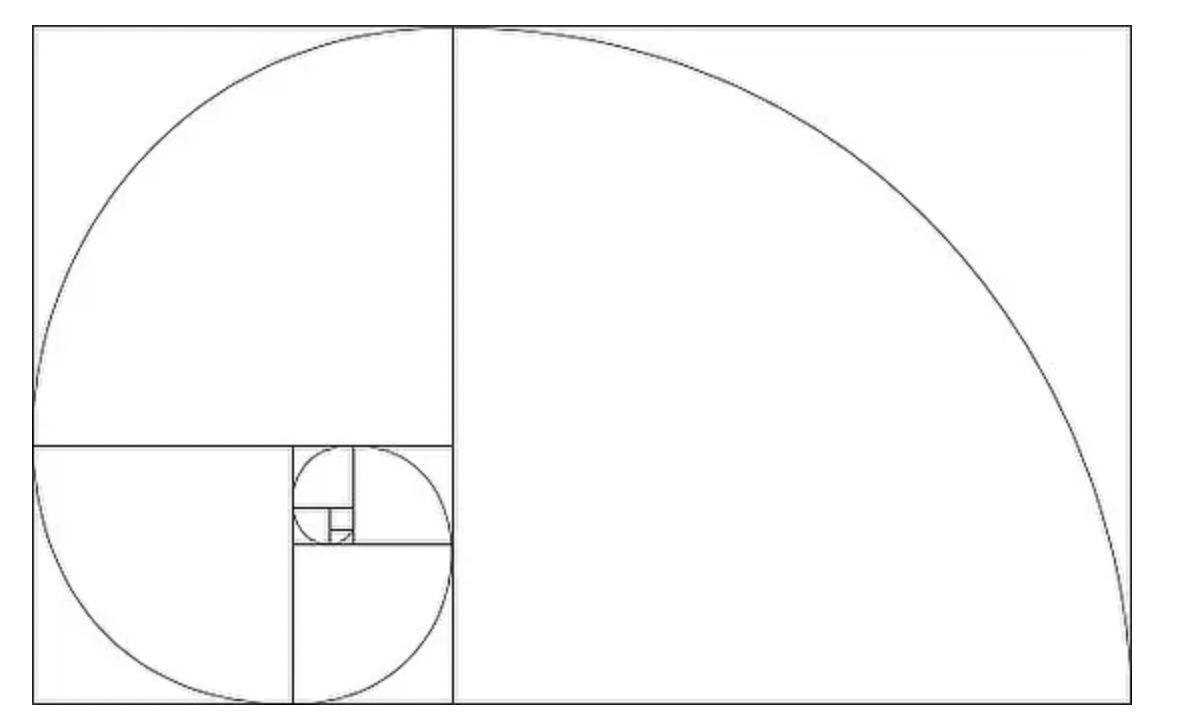

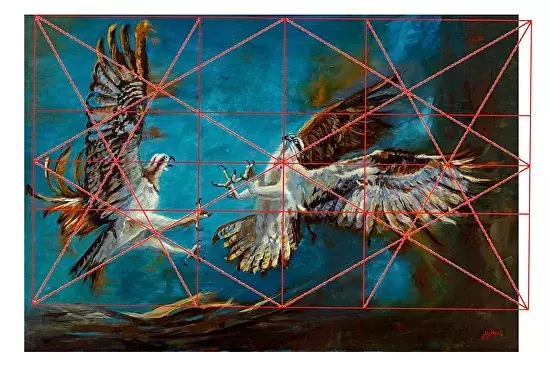
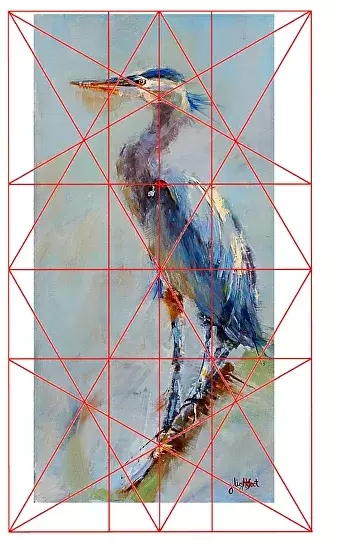
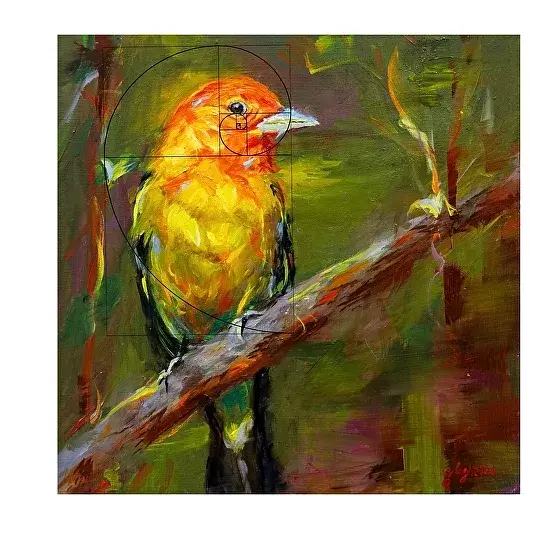
 RSS Feed
RSS Feed